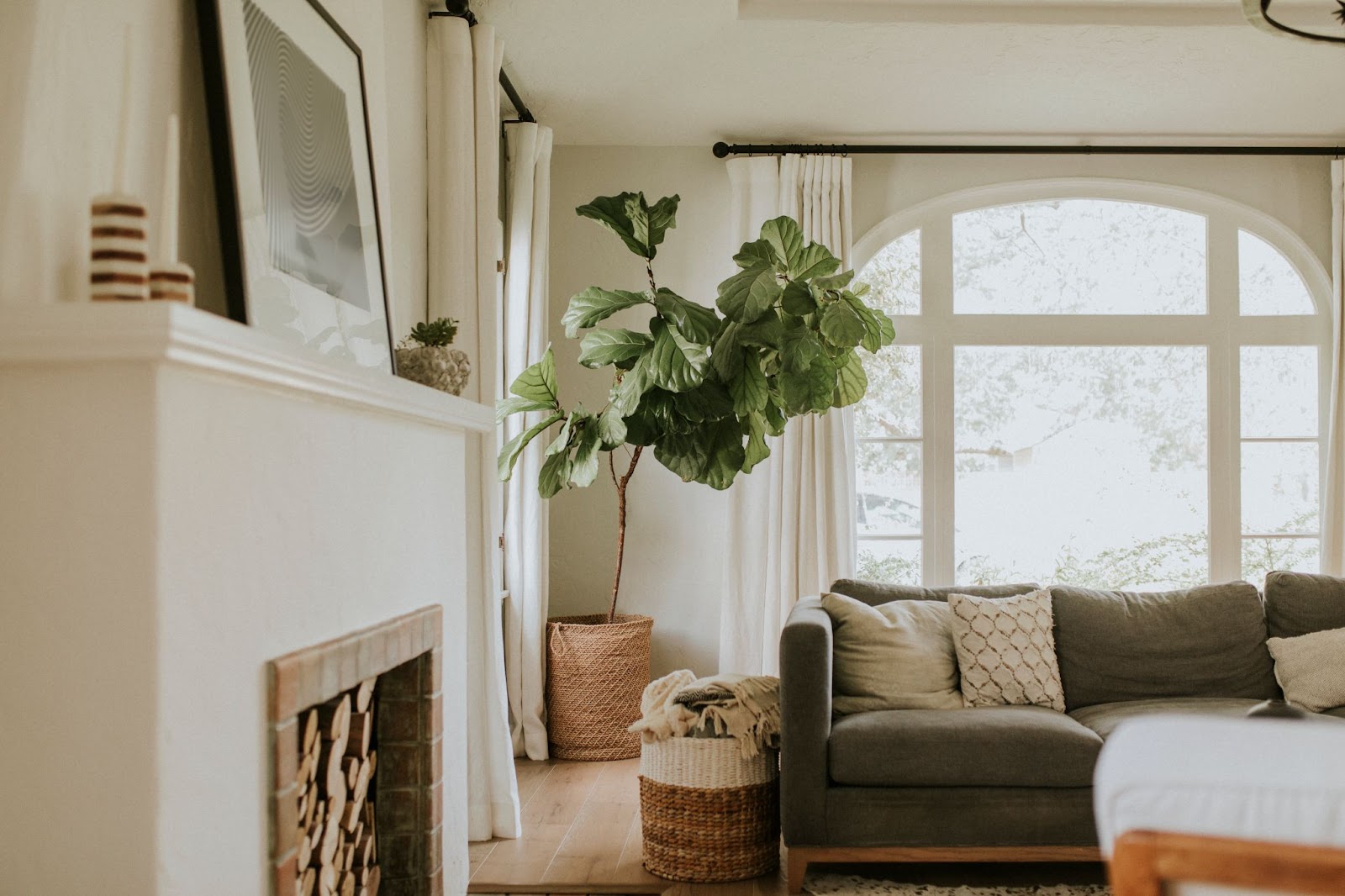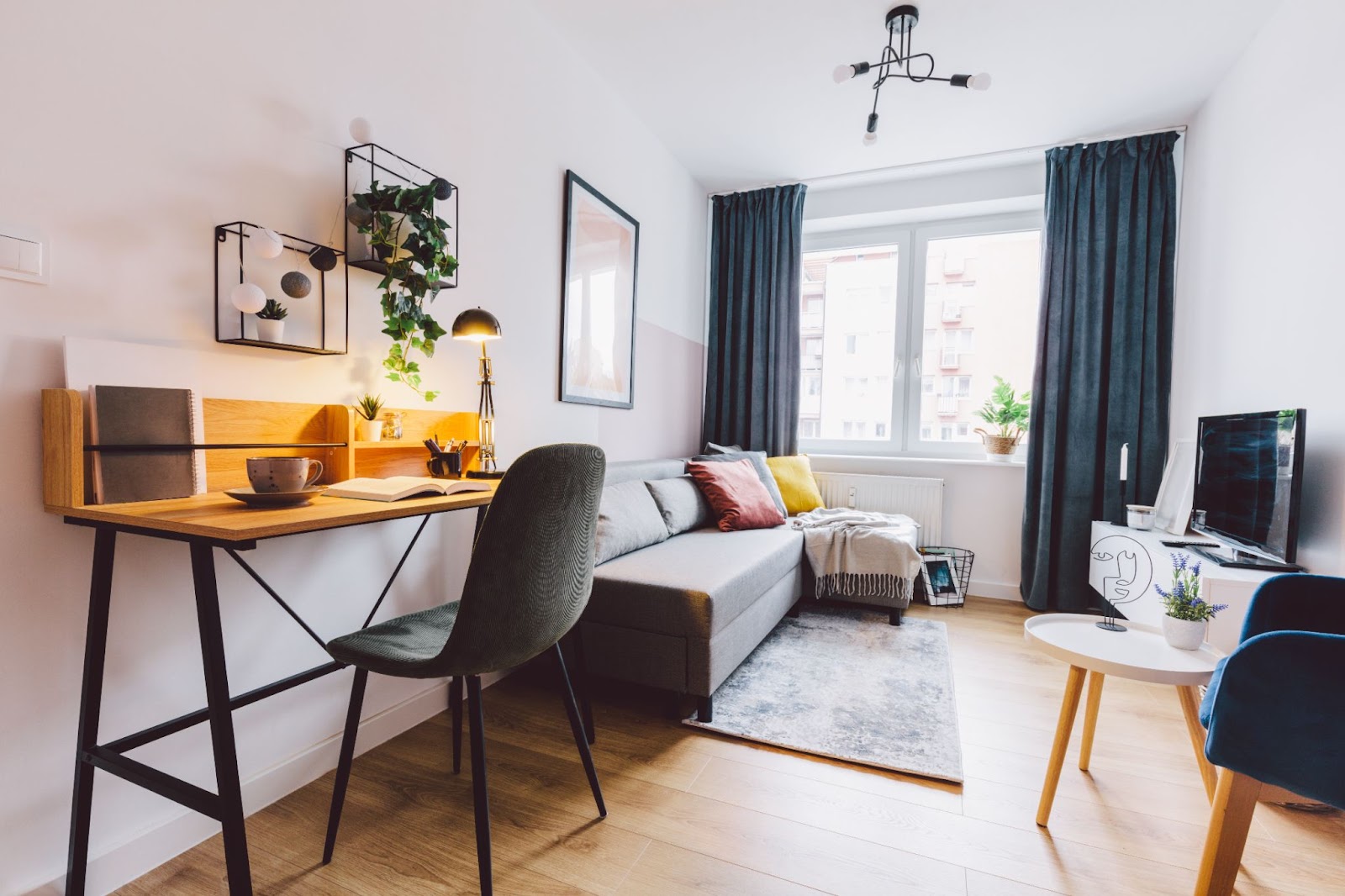Choosing the right home for your family often involves making a pivotal decision between 3-bedroom homes or 4-bedroom homes. This decision goes beyond merely counting rooms; it requires a thorough understanding of how each option supports your family’s lifestyle now and accommodates future changes.
A 3-bedroom home might seem sufficient for current needs, providing cozy, manageable living spaces. However, the appeal of a fourth bedroom cannot be overlooked, especially considering potential family expansions, evolving work-from-home scenarios, or the frequent hosting of guests.
Deliberating between these two options involves more than assessing present requirements. It’s about envisioning your family’s future in each space, anticipating lifestyle shifts that might necessitate extra rooms, and reflecting on how your living space adapts to life’s unexpected turns.
Whether it’s accommodating aging parents, welcoming a new child, or designating a dedicated office space, the additional bedroom in a 4-bedroom home offers the flexibility to meet these evolving demands without the need for disruptive renovations or moves.
This comprehensive guide will delve into the nuances of each choice, examining how a 3-bedroom or 4-bedroom home impacts aspects of daily life like privacy, community engagement, and long-term financial planning.
By providing detailed comparisons, personal anecdotes, and expert advice, this guide aims to equip you with all the information necessary to make a well-informed decision that ensures your new home not only meets your current needs but also provides a nurturing and adaptable environment for your family’s future growth and happiness.
Understanding your family’s needs
Understanding your family’s needs is vital when choosing between a 3-bedroom and a 4-bedroom home. Start by assessing your current family size and any foreseeable changes, such as the possibility of children joining the family or elderly relatives coming to live with you.
It’s crucial to think about how your lifestyle dictates your space requirements. Do members of your household need a lot of personal space? Are there specific activities like crafting, music, or exercise that necessitate dedicated areas?
In the current climate, the need for a home office has also become an important consideration. Evaluate whether you require a dedicated space for work, which could help in maintaining a separation between professional and personal life — a distinct office space means your dining area remains precisely that, rather than doubling as a work station.
Additionally, social considerations are important. If you love hosting, think about the benefits of having an additional room that could serve as a guest bedroom, offering comfort and privacy to your visitors and keeping the rest of your home’s routine undisturbed.

Considering these factors alongside your long-term plans for living in the home will help you make a decision that not only satisfies your immediate needs but also adapts to future changes. Such foresight is invaluable, ensuring your home remains a supportive, functional environment that grows and changes with your family’s needs.
3-bedroom homes
Opting for a 3-bedroom home presents several clear advantages. Economically, these properties are often more affordable than their 4-bedroom counterparts, which makes them an attractive option for budget-conscious families or first-time homebuyers. The reduced size of these homes not only cuts down on the initial purchase price but also extends to lower ongoing expenses.
Smaller homes typically require less energy for heating and cooling, which translates into reduced utility bills. This energy efficiency is not only good for your budget but also better for the environment, aligning with eco-friendly living goals.
From a maintenance perspective, a 3-bedroom home is less demanding. With fewer rooms to clean and maintain, homeowners enjoy more free time instead of spending it on upkeep. This may be particularly appealing to those who lead busy lives or prefer a minimalistic lifestyle that focuses on simplicity and ease.
However, there are notable drawbacks to consider. Space may become a constraint in a 3-bedroom home, especially for families expecting to grow. Whether it’s the arrival of new children, taking in elderly relatives, or hosting long-term guests, the limited number of rooms poses challenges. Each room often serves a specific purpose, and making adjustments to accommodate new living arrangements compromises comfort and privacy.
Additionally, the resale potential of 3-bedroom homes can be limited. These properties typically attract smaller families or couples, which might narrow your pool of potential buyers when it comes time to sell.
If the market trends towards a preference for larger homes, selling a 3-bedroom house could prove more challenging and time-consuming, potentially affecting both the resale value and the duration it spends on the market.
These factors should be weighed carefully against the immediate benefits of purchasing a smaller home.
4-bedroom homes
Choosing a 4-bedroom home brings a wealth of opportunities for customization and space utilization. These homes offer additional rooms that can be transformed into specialized spaces to fit a variety of needs.
For instance, extra bedrooms are easily converted into home offices, which is especially beneficial in today’s increasingly remote work environment. They also serve as dedicated areas for hobbies or crafts or are equipped as home gyms, providing convenient access to fitness without leaving the house.

The availability of extra rooms makes 4-bedroom homes particularly appealing for families who enjoy hosting. Having separate guest rooms means visitors stay comfortably, enhancing both privacy and hospitality.
Another compelling benefit of opting for a larger home is the potential for a higher resale value. More spacious homes often attract a broader audience in the real estate market, including larger families and those looking for ample space, which makes them easier to sell at a premium in the future.
However, the advantages of a 4-bedroom home come with certain financial considerations. The initial purchase price is typically higher than that of smaller homes, and the costs extend to higher utility bills due to the larger area needing heating and cooling. Maintenance is also more demanding and expensive.
Additionally, there’s the possibility that not all rooms will be used regularly, leading to wasted space unless homeowners stay mindful of their space utilization. This could result in investing in areas of the home that do not add proportional value to your family’s lifestyle, thereby increasing your costs without corresponding benefits.
These factors require careful consideration to ensure that a 4-bedroom home aligns with both your budget and your long-term living needs.
Financial considerations
When deciding between a 3-bedroom and a 4-bedroom home, it’s essential to weigh both the immediate financial implications and the long-term costs. The upfront cost of a 4-bedroom home is typically higher than that of a 3-bedroom due to increased square footage.
However, this larger investment may pay off with potentially higher resale values, especially in family-friendly neighborhoods where demand for larger homes is consistent.
It’s also crucial to consider the ongoing costs associated with owning a larger home. Property taxes are generally higher for 4-bedroom homes because they are often valued more highly.
Similarly, the costs for heating and cooling a larger space increase utility bills. These homes also require more effort and potentially more expense when it comes to cleaning and maintenance.
On the other hand, 3-bedroom homes, while potentially less expensive upfront, might offer lower ongoing costs. Their smaller size typically results in lower property taxes, reduced utility bills, and less maintenance. However, this could come at the expense of flexibility and space as family needs grow and change.
Ultimately, prospective homeowners should assess their current financial situation and future earning potential to determine which option is a sustainable choice.
It’s important to balance the desire for more space with the practicality of ongoing costs to make a decision that aligns with both financial capabilities and lifestyle needs.
Lifestyle and future planning
Choosing between a 3-bedroom and a 4-bedroom home involves more than considering current needs; it also requires thinking about how each option aligns with your lifestyle preferences and future changes.
For those who prefer a minimalist lifestyle, a 3-bedroom home may provide enough space without the temptation to fill extra rooms with unnecessary items. This choice supports a simpler, less cluttered way of living.
On the other hand, if luxury and spaciousness are top priorities, a 4-bedroom home offers additional room for dedicated spaces such as a home theater, a larger home office, or an elaborate guest suite.
This extra room enhances comfort and the overall enjoyment of your home environment, making it well-suited for those who entertain guests frequently or have larger families.
For families anticipating growth, the potential addition of new family members — whether through birth, aging relatives moving in, or other changes — makes extra space a critical requirement. A 4-bedroom home provides the flexibility to accommodate these evolving needs without the immediate pressure to seek larger accommodations.
Conversely, for families approaching a transitional phase where children are growing up and preparing to leave home, the demand for extensive living space may diminish.
In such cases, opting for a 3-bedroom home could prove more practical and economically sensible. Not only does this choice potentially reduce maintenance and utility costs, but it also aligns better with the family’s needs in the long run, preventing unused space and promoting a more manageable lifestyle.
This forward-thinking approach ensures that the home you choose today continues to meet your needs efficiently as circumstances change.
Ultimately, aligning your home choice with both your current lifestyle and anticipated future needs will help ensure that your new home continues to serve you well for many years. It’s about finding the right balance between comfort, functionality, and future-proofing your living space.
Decision-making tips
When deciding between a 3-bedroom and a 4-bedroom home, it’s essential to carefully assess your specific situation to make the best choice. Start by clearly defining your current and anticipated needs, as well as your budgetary constraints. Consider both the short-term benefits and long-term ramifications of each option.
Involving a real estate agent or an architect provides valuable professional insights that might not be immediately apparent.
These professionals offer perspectives on market trends, the future scalability of the home, and how well each option might adapt to evolving family dynamics. They also help you understand the potential return on investment for each type of property in your preferred location, which is crucial if you plan to sell in the future.
Another useful tip is to create a pros and cons list for each option, incorporating feedback from all family members. This helps clarify which features are most important to your family’s happiness and functionality in the home.
Additionally, consider the potential for modifications or expansions; for example, a 3-bedroom home might be expandable later as needs grow, which could be a more cost-effective solution than starting with more space than you currently need.
Lastly, take the time to explore and visit both 3-bedroom and 4-bedroom homes in various communities. Observing how different spaces feel in person provides unexpected insights and may influence your decision.
By thoroughly exploring all these aspects, you will make a more informed and confident decision that aligns with both your financial goals and lifestyle aspirations.

Patterson Homes will help you build the perfect home
Choosing between a 3-bedroom and a 4-bedroom home is a significant decision that affects your family’s comfort and your financial health. As you weigh your options, consider partnering with a builder who understands the importance of aligning a home to a family’s life stage and lifestyle.
Patterson Homes offers a range of customizable options that adapt to your specific needs, whether you’re looking for a cozy 3-bedroom home or a more spacious 4-bedroom residence.
With Patterson Homes, you benefit from expert guidance throughout the decision-making process, ensuring that your new home is not only a fit for today but also for the future as your family grows and changes. Our commitment to quality construction, thoughtful design, and customer satisfaction makes Patterson Homes the ideal choice for anyone looking to build a new home.
Contact Patterson Homes today and take the first step toward creating the perfect setting for your family’s next chapter.

